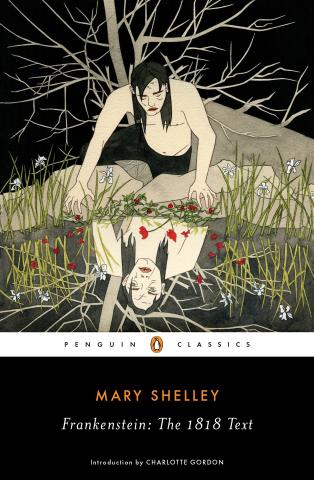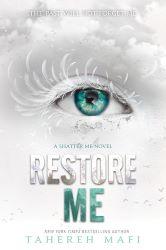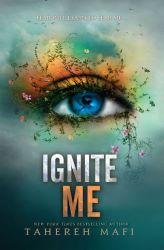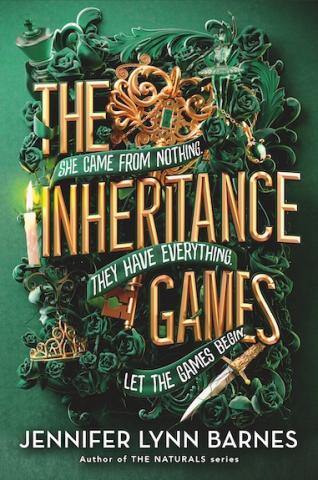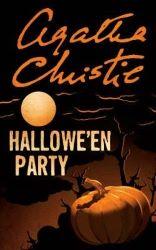Book Review: Frankenstein
Frankenstein is a classic novel that recollects the events after Victor Frankenstein, a knowledgeable and curious scientist, gives life to a haunting creature. As soon as this monster opens its eyes, Victor becomes filled with regret. Although the monster fled from Victor's apartment, it wasn't the last time they would interact. Readers witness Frankenstein's sickening and terrifying journey as he searches for his monster. I believe this novel did an amazing job of expressing the valid feelings of the monster while also displaying Victor's feelings and emotions. Some chapters in the story tend to drag and there are events that Mary could have elaborated on to provide readers a clearer image of each occurrence. But overall, this was a unique approach to expressing themes of isolation, vanity, cruelty, and fear.
Reviewer: Grade 12
